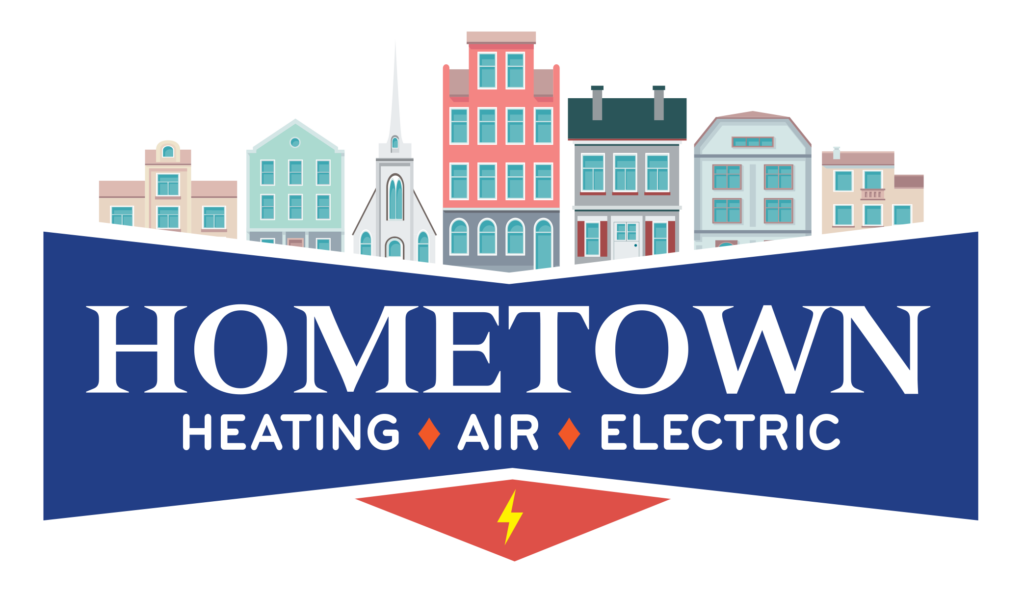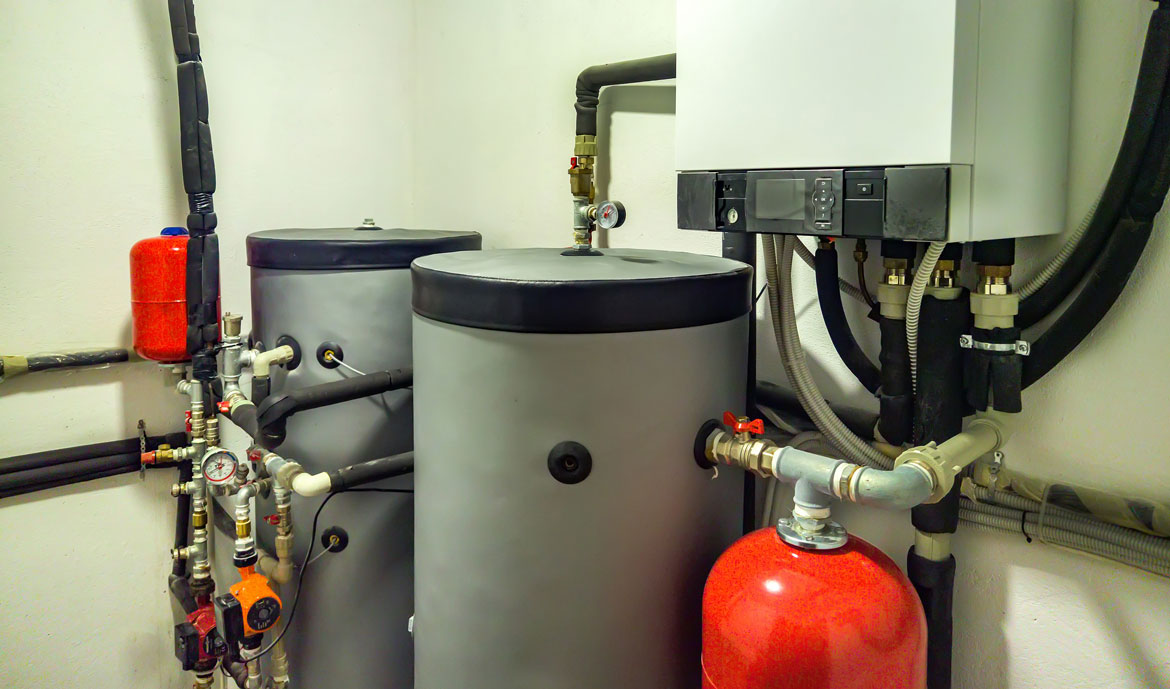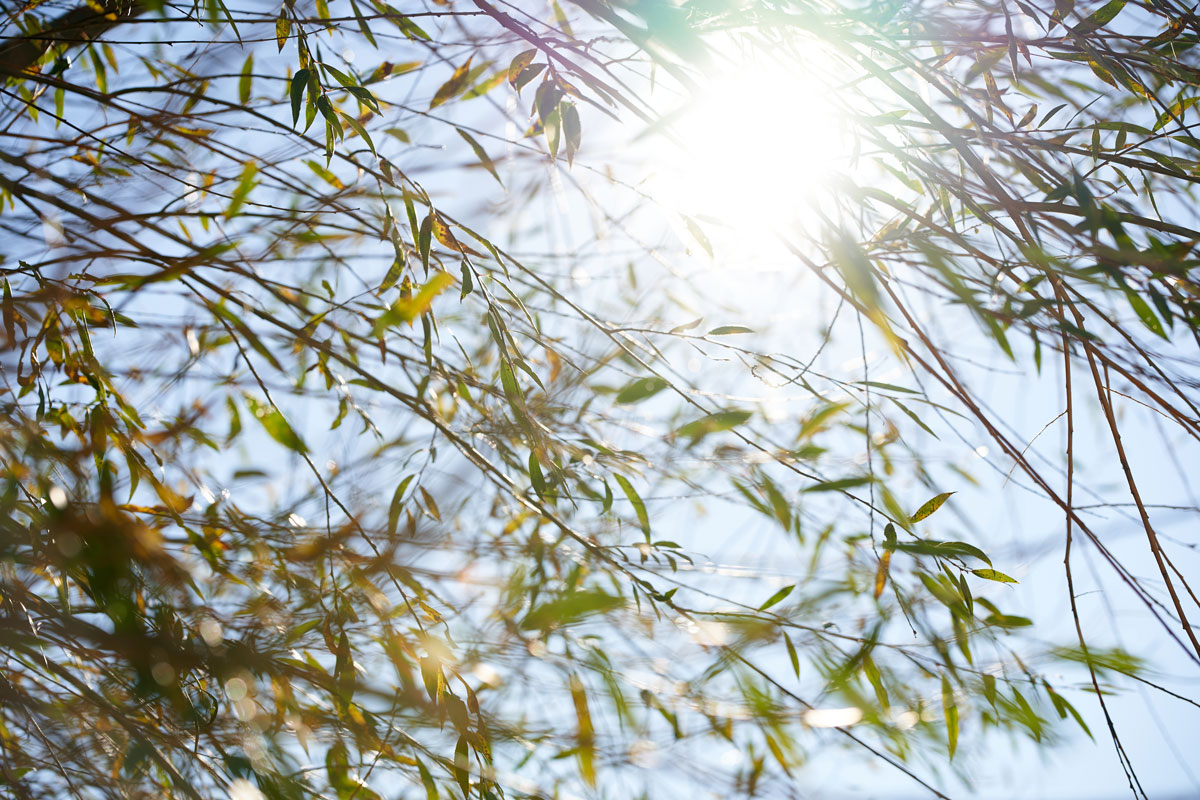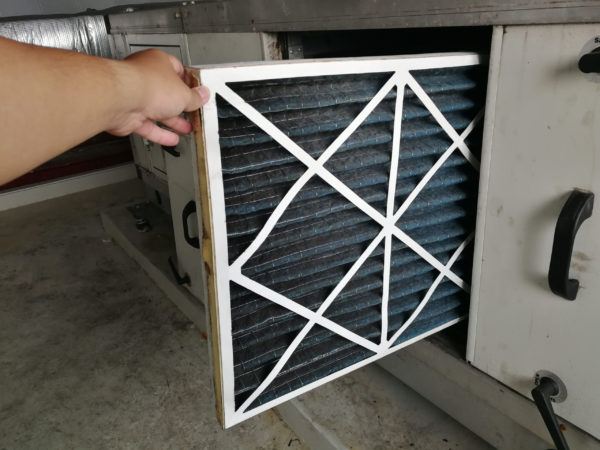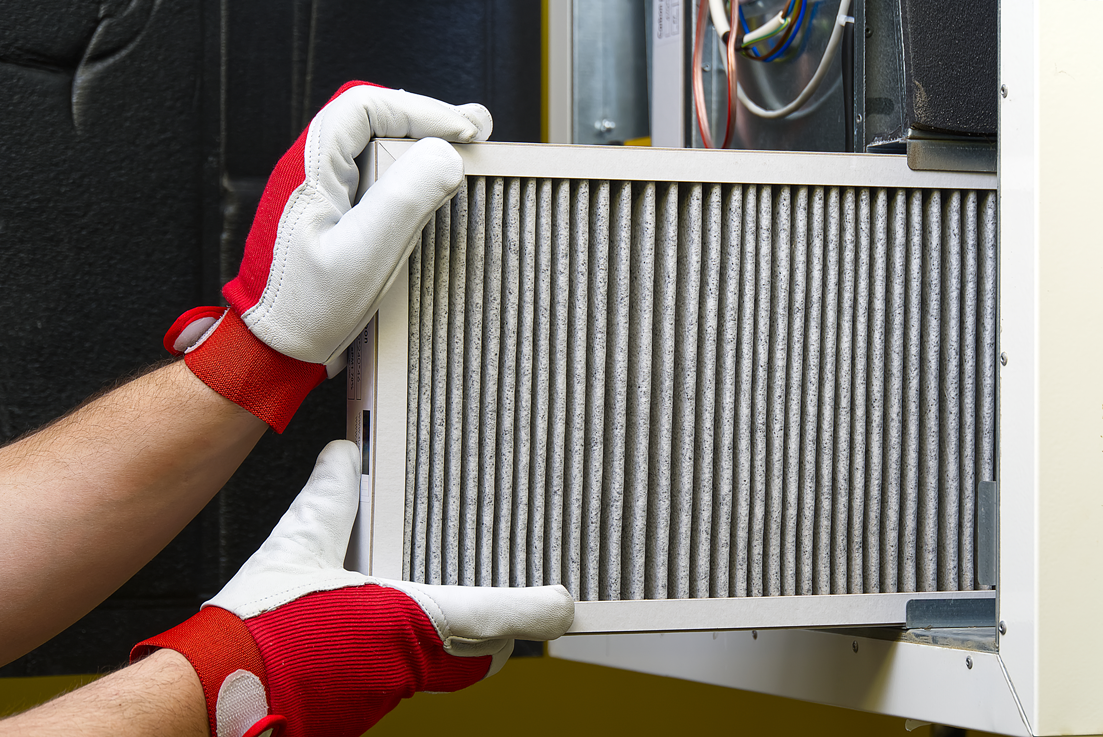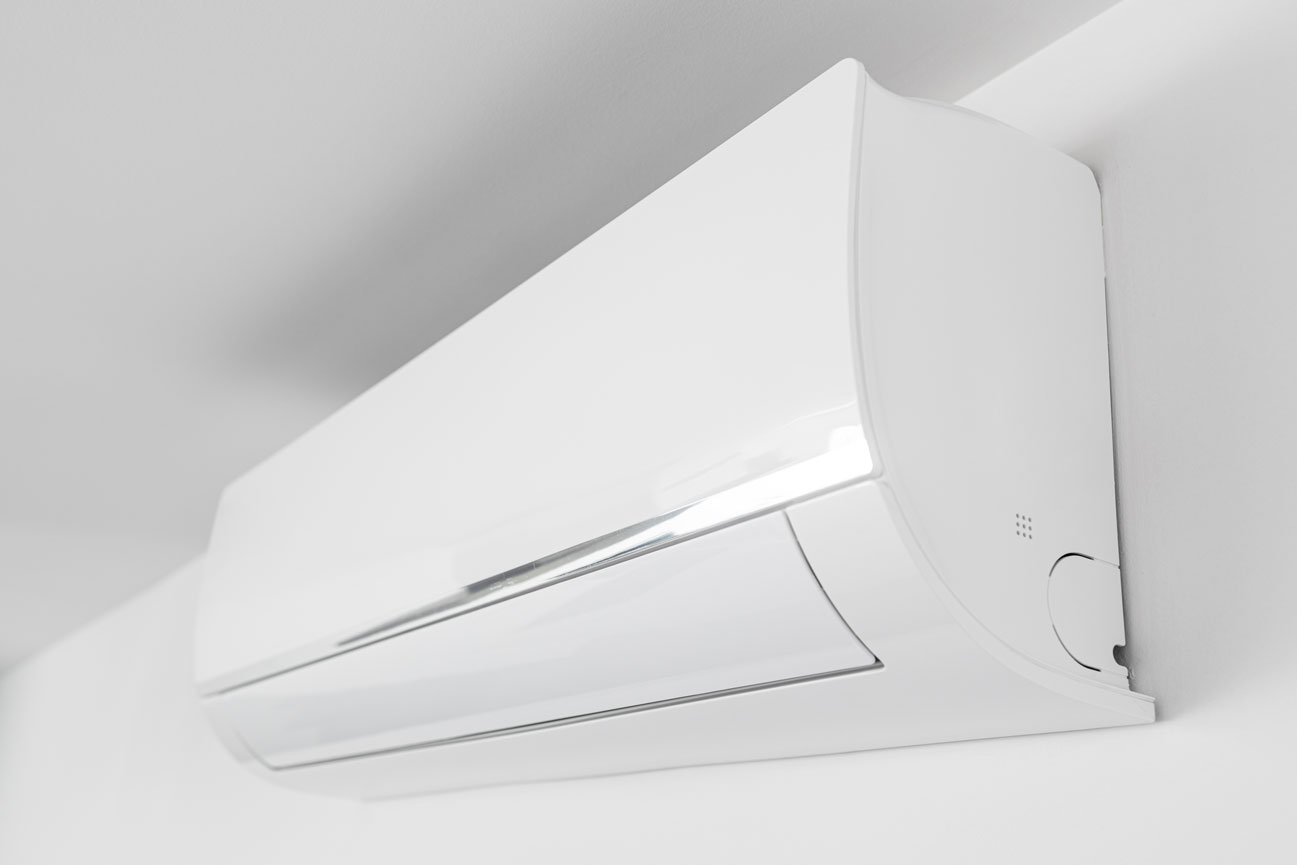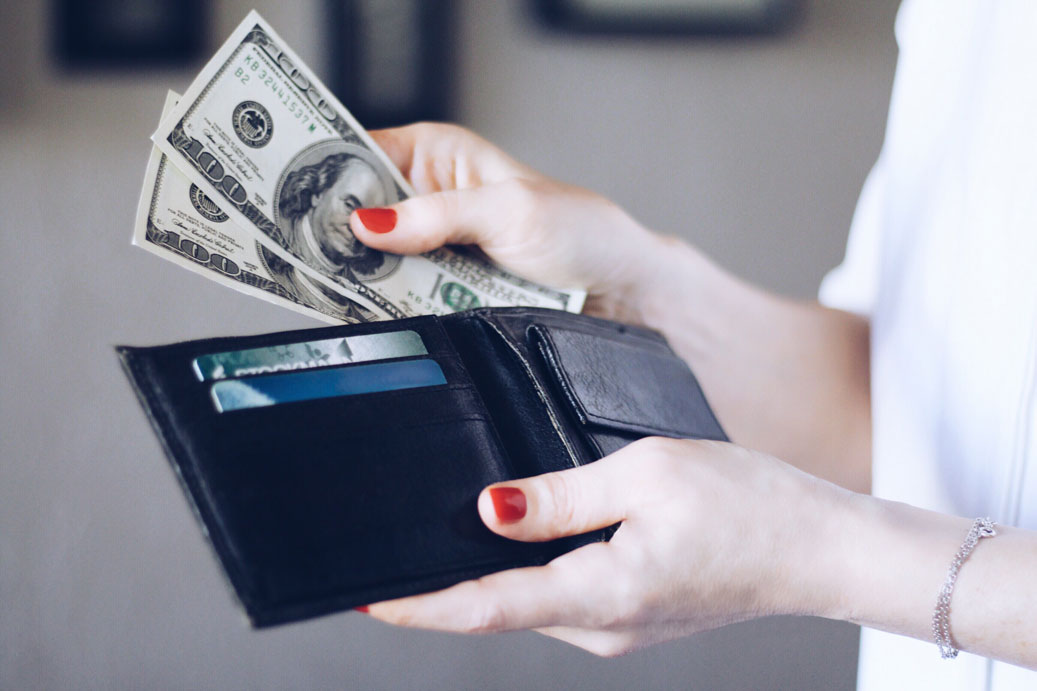There are many moving parts in your home that make it function the way you’re used to. If your home has a boiler, you may not realize that it is an important part of your hot water system. We realize that it may be confusing to learn about what this appliance is and what it does. So, you can learn right here what your boiler is and exactly what it is used for in your home.
What Is a Boiler?
If you look in your basement or utility closet, you may see a tall metal cylinder with a control panel. This is your boiler. Some boilers have a rectangular shape. A boiler is an appliance that moves water in and out as needed and heats it to temperatures that allow boiling or steaming.
The boiler may have multiple purposes in your home, but all of them have to do with its ability to store and heat water. Many homes also turn to a boiler system to effectively heat the space in the cold winter months, unlike a water heater that is only used for warming water around the house.
What Is a Boiler Used For?
A boiler can combine the functions of a furnace and a hot water heater. The boiler holds the water until you need it, boils it, and pushes it out of localized faucets. Your boiler can heat the water for the faucets around your home or make steam used in your home’s heating system. The steam can transfer the heat you need inexpensively and efficiently wherever you need it. A boiler may also be used for a floor heating system.
What Parts Make a Boiler Work?
Your boiler might use coal, electricity, oil, or gas. Most boilers will have a boiler unit as well as a tank to store hot water that looks very similar to a hot water heater. The boiler directs the hot water to the hot water tank and the building heat delivery system.
The primary parts for coal, oil, and gas boilers include a fuel supply, combustion system, feedwater system, and ventilation. The fuel starts the combustion system and begins heating the water. The feedwater system will pump and store the necessary water for the boiler. Finally, the ventilation system ensures all of the exhaust fumes are safely removed from the space so that you can breathe easier.
An electric boiler does not have a combustion system or a ventilation system. The water passed through a heating element. Electric boilers are extremely safe. They may be a good option if you want to reduce the need for fossil fuels.
Whichever system you have, all these parts must work together for your boiler to produce heat and hot water efficiently and prevent wasted water or fuel.
How Do Boilers Heat a Home?
Various kinds of boilers deliver heat to your home in different ways. These different boilers work relatively the same for the most part; the primary difference is in the way they deliver heat.
All boilers heat a home via hot water or steam, called hydronic heat. Many boilers use radiators to heat the building. The system might use cast-iron, baseboard, or panel radiators. They can also use an in-floor radiant system or fan coil units.
We Are Here to Help With Your Boiler Needs
At Hometown Heating, Air & Electric, we pride ourselves on providing top-tier heating and cooling services in Cedarburg, WI and surrounding areas. Cedarburg is known for harsh winter weather. Our team of HVAC professionals makes it a point to give you the best HVAC services we can offer, so you can enjoy complete comfort in your home no matter the season.
We offer a comprehensive list of heating and cooling services, including mini-split systems. We also install indoor air quality systems, ductwork, and thermostats. Additionally, you can come to us for electrical needs and metal fabrication.
Whether you need a repair, installation, or maintenance of your boiler or HVAC system, we’re here for you. All of our services are completed by our team of customer-focused HVAC experts. Hometown Heating, Air & Electric is dedicated to serving the people of Milwaukee County and beyond with smiles and excellent customer service so you can have complete confidence in your home boiler or HVAC system.
For more information or to speak with a professional, contact Hometown Heating, Air & Electric today!
